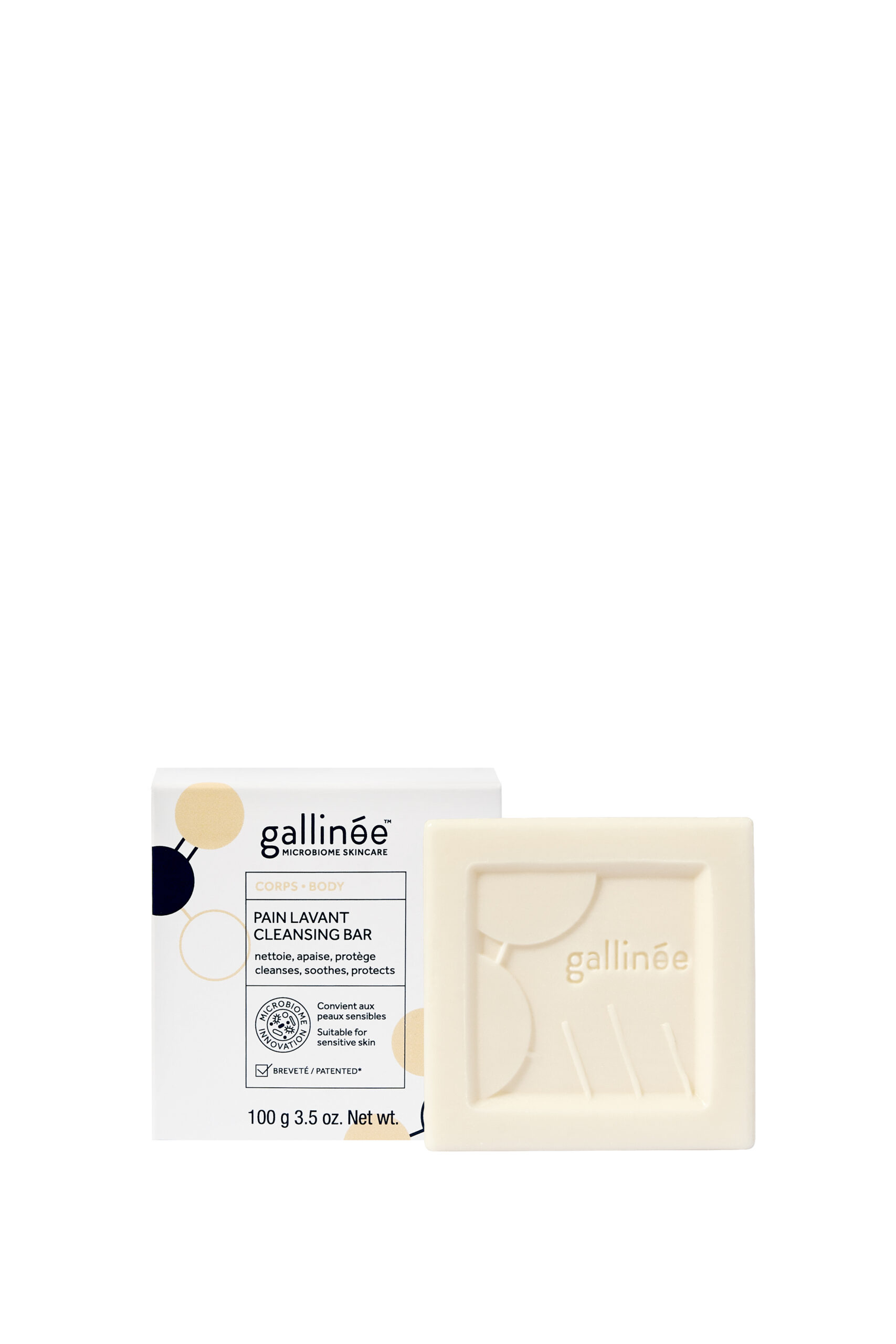Today let’s talk about psoriasis. Unfortunately, this disease still has more questions than answers, but it is so common and so annoying that at least it’s good to do a little update on where science is with psoriasis.
What is it?
Psoriasis is a chronic skin condition causing a buildup of skin cells in different parts of the body. These excess skin cells look like silvery-red patches that can flake, itch, crack, and bleed.
It is caused by inflammation and skin cells renewing too rapidly. It is infuriating, can make your life a nightmare and can also spread to joints and lead to arthritis.
When psoriasis affects the scalp, it’s called scalp psoriasis. Scalp psoriasis may also affect the back of the ears, forehead, and neck.
It can affect up to 3% of people. But for quite a common disease, it is still quite badly understood.
Where does it come from?
Psoriasis is what’s called a multifactorial disease, like acne and eczema.
We know that there as 3 main interlinking factors :
- Genetic factors, that will make you more susceptible to catch the disease.
- Environmental factors, including stress, scratching, cold, alcohol… the list is long
- The Microbiome. You knew it was coming, didn’t you? Unlike eczema or acne where we know the main bacteria responsible for it, psoriasis seems to include a mix of bacteria that overgrow and inflame the region. It is also closely linked to one yeast normally present on the skin: Malassezia. Malassezia is also the root of dandruff when it goes wrong.
What can science do to help?
At the moment science is mostly trying to understand causes and mechanisms, and then we will start to see some treatment emerge. But one thing for sure: treatments will be based on the skin, but also on the gut. It seems like the gut microbiome could make psoriasis worse, or better. So watch this space, as research-based on probiotic treatments are underway!





















